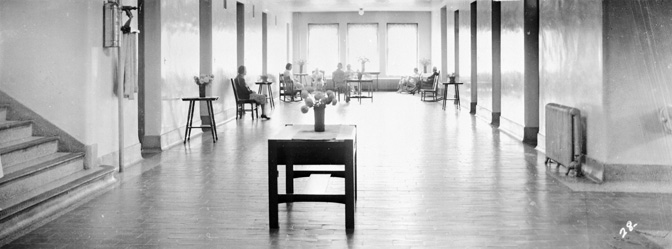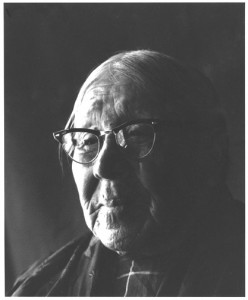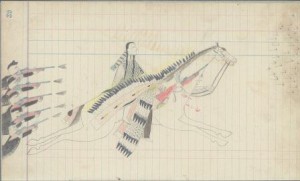
In 1924, headlines across the state decried the “butchery of the helpless” at the Montana State Hospital for the Insane at Warm Springs, where eleven inmates were forcibly sterilized. Hospital staff responded that all sterilizations had received the required approval and that eugenics was “necessary to the future welfare of Montana.” Eugenics—the idea that “human perfection could be developed through selective breeding”—grew in popularity in the early twentieth century, including support for forced sterilization. The movement reached its zenith in Montana in the early 1930s, and, despite growing concerns, the practice of forced sterilizations continued into the 1970s.
Montanans’ support for forced sterilization was part of a national trend. Eugenics proponent Albert E. Wiggam, a national lecturer and trained psychologist, helped spread the eugenics gospel in Montana through a column in the Missoulian. “Already we are taxing ourselves for asylums and hospitals and jails to take care of millions who ought never to have been born,” Wiggam wrote. Many Montanans agreed, including the Helena mother who wrote the state hospital in 1924 in support of sterilization polices. “I am a tax payer. That means I wish there was no insane, no feeble minded, and no criminals to support and to fear. . . . The very fact that these people are inmates of state institutions proves that they are morally or mentally unfit to propagate their kind.” Continue reading The Right to Procreate: The Montana State Board of Eugenics and Body Politics

